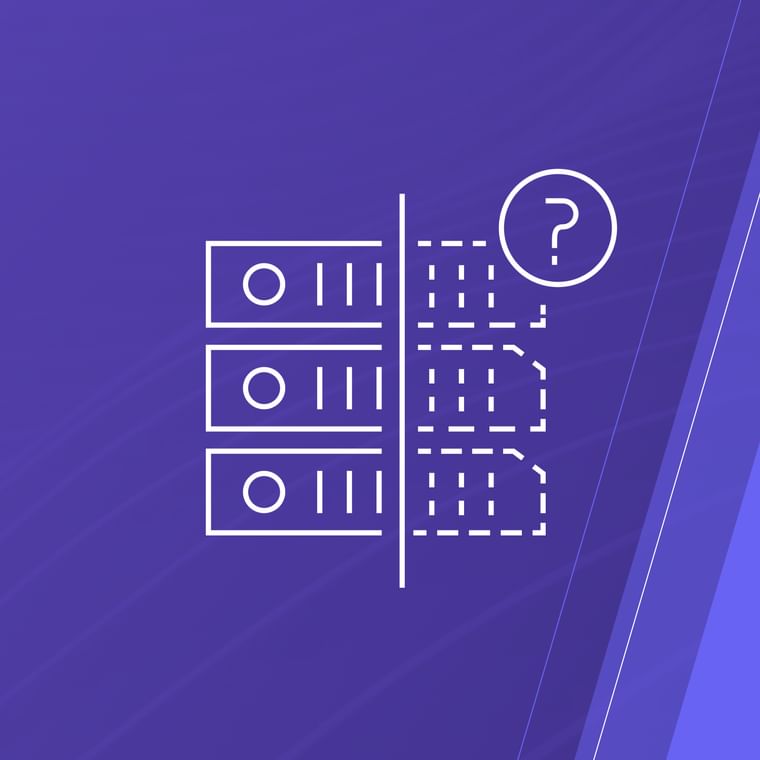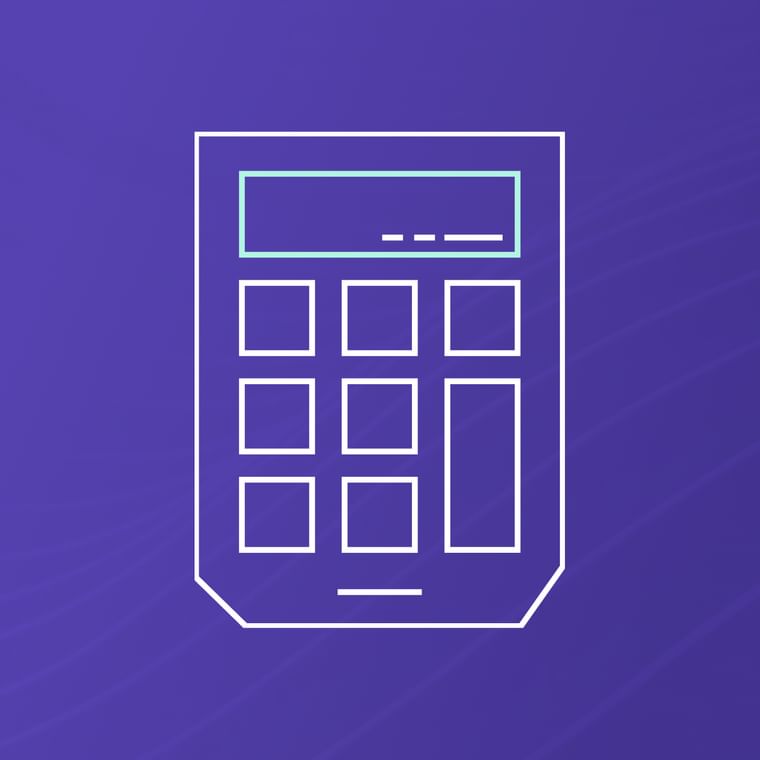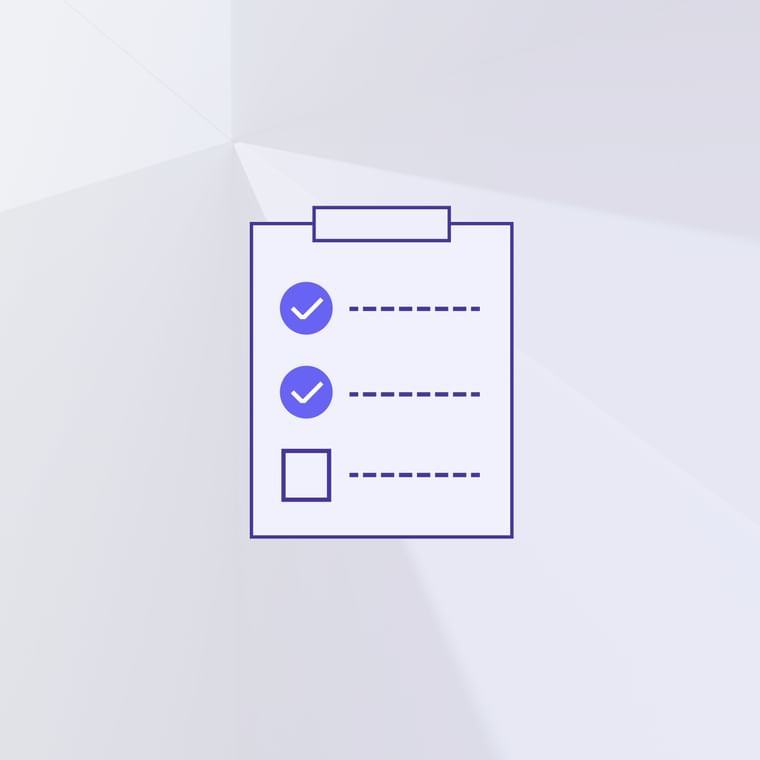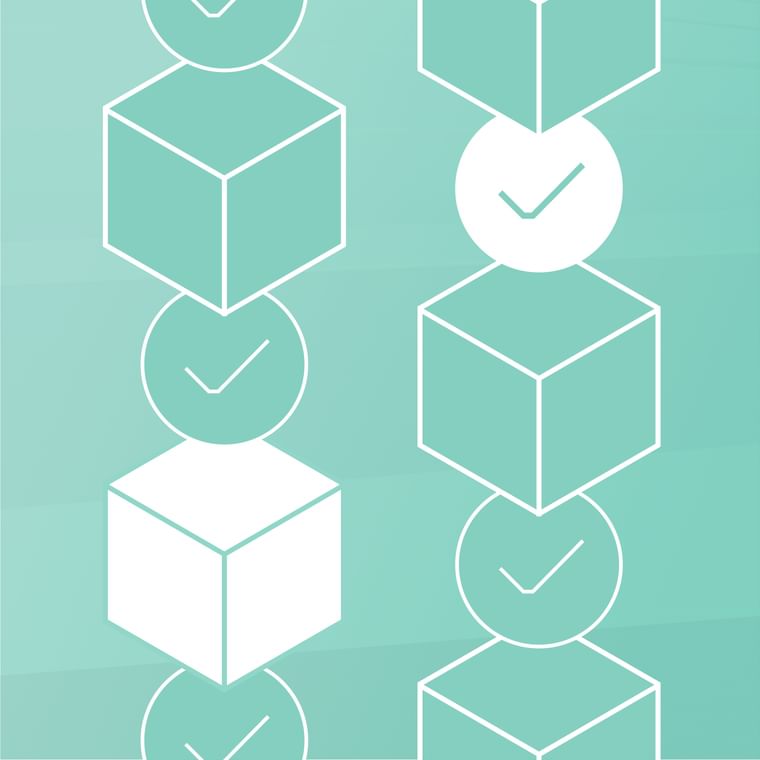What Is Cloud Security Posture Management (CSPM)?
Cloud Security Posture Management (CSPM) is a set of tools and processes designed to keep cloud-based environments secure by identifying misconfigurations and enforcing security policies.
Posture management is a relatively new market sector, and it’s needed to proactively reduce the possibility of a data breach. Modern organizations can have thousands of user accounts and third-party applications with access privileges, and security teams lack the visibility to monitor these configurations and permissions.
Posture management solutions can automate the identification and remediation process of cloud infrastructure misconfigurations. By correcting these issues as soon as possible, organizations can save money in the long term and prevent misconfiguration-based data breaches.
Why Is CSPM Important?
As more organizations move to a cloud-based environment, there is a need to identify and monitor misconfigurations, access privileges, and compliance regulations across users, applications, and email tenants.
A modern business with a cloud environment may have hundreds of thousands of users, apps, and app configurations. Manually monitoring tenants is virtually impossible.
A security posture management solution can help security teams centralize configurations to automatically identify and act on any gaps. Vulnerabilities exist, and your organization might not notice until an account compromise or data breach occurs.
Securing a cloud environment is crucial to protecting data. CSPM tools can continuously monitor your organization’s cloud email environments for misconfigurations and access points. A sophisticated posture management system can identify high-risk configurations, new third-party applications, access policy changes, and privilege escalations.
How Do Cloud Misconfigurations Occur?
Misconfigurations can cause a security risk for organizations using a cloud environment. And it happens more than you think. In a 2021 survey, one in six companies experienced a public cloud security breach or incident due to a cloud misconfiguration in the past year. The same survey identified the three challenges organizations face in reducing the risk of misconfigurations:
Lack of cloud security knowledge, expertise, and visibility.
Delay in detection and remediation of cloud misconfigurations.
Lack of alignment between cloud security, IT operations, and developer teams.
The biggest issue is the lack of visibility, especially for enterprise environments that have thousands of users and accounts across siloed teams. Restricted visibility means organizations struggle to identify accounts and assigned permissions, and possibly lose track of critical data until it’s too late.
How Does Posture Management Work?
A sophisticated security posture management approach will centralize all user and application configurations across an organization. It can highlight user, tenant, and application configuration changes, zeroing in on high-risk changes that can lead to a security gap, like administrator access and new applications.
Posture management tools are ideal for data governance and ensuring data is auditable for compliance and legal purposes. Let's review CSPM capabilities:
Security policy enforcement: CSPMs monitor cloud environments for misconfigurations and compliance issues. It also enforces security policies.
Multi-cloud configuration management: Creating visibility across multiple cloud service providers is necessary to ensure proper configurations.
Misconfiguration remediation: Cloud security issues that leave it vulnerable to exposure can be remediated by CSPM.
Auditing: CSPMs allow for instant access to configurations and can help your organization audit for compliance with regulations like HIPAA, PCI DSS, and GDPR.
Compliance reporting: CSPMs create a single source of truth, making it easier to provide evidence of compliance.
Continuous threat detection: A CSPM can continuously monitor the multi-cloud environment and search for malicious or unauthorized activity.
Integrates with third-party tools: Your organization may use multiple tools, and a CSPM solution should integrate with other cloud security and DevOps tools.
What Are the Benefits of Posture Management?
Security posture management can monitor user and application configurations across a cloud environment to spot configuration gaps. In other words, posture management helps an organization secure its cloud environment while saving time and money. A cloud misconfiguration can lead to an accidental data leak at best or a malicious attack at worst.
Organizations can easily accidentally leave misconfigurations across the cloud. It recently happened to Microsoft in October 2022. The company was notified an Azure Blob storage bucket had a misconfigured endpoint, and the data was publicly available over the Internet.
"The business transaction data included names, email addresses, email content, company name, and phone numbers, and may have included attached files relating to business between a customer and Microsoft or an authorized Microsoft partner," said the Microsoft statement.
While the misconfiguration was quickly remediated, it goes to show that organizations can't rely on cloud service providers to always have their security tools work. It's vital to implement another cloud security solution to ensure your data is always protected.
The benefits of CSPM include:
Providing visibility across multi-cloud environments without having to check multiple dashboards.
Streamlining security operations center (SOC) management by reducing alert notifications of potential threats.
Continuous monitoring for compliance adherence and correcting actions automatically.
Scanning the entire cloud infrastructure for faster detection.
Differences Between CSPM and Other Cloud Security Solutions
While CSPM is great for identifying misconfigurations, it lacks the necessary visibility for risks and threats outside the infrastructure. CSPM should be one tool you use to protect your cloud servers. Other solutions are necessary to create a multi-layered cybersecurity approach to your cloud environment. Take a look at this quick review of cloud security solutions:
Cloud Workload Protection Platforms (CWPP): CWPP focuses on cloud and on-premises workloads and works to protect against vulnerabilities. However, it doesn't provide insight into the entire cloud environment
Cloud Infrastructure Entitlement Management (CIEM): CIEM concerns itself with access management and ensuring the least privileged access to users of the cloud.
Cloud-Native Application Protection Platform (CNAPP): CNAPP can integrate with multiple cloud solutions including CSPM, CWPP, and CIEM. This can help increase visibility into the cloud environment and streamline data governance.
Cloud Infrastructure Security Posture Assessment (CISPA): CISPA eventually evolved into what CSPMs are today. The main difference between both solutions is CISPA focuses on reporting while CSPM involves automation and remediation.
Cloud Access Security Brokers (CASB): Administrators create one list of rules and use CASB to enforce them across the cloud infrastructure.
Looking for ways to improve your cloud security with posture management? See how Abnormal's posture management can protect your organization from modern cybersecurity threats and schedule a demo.





